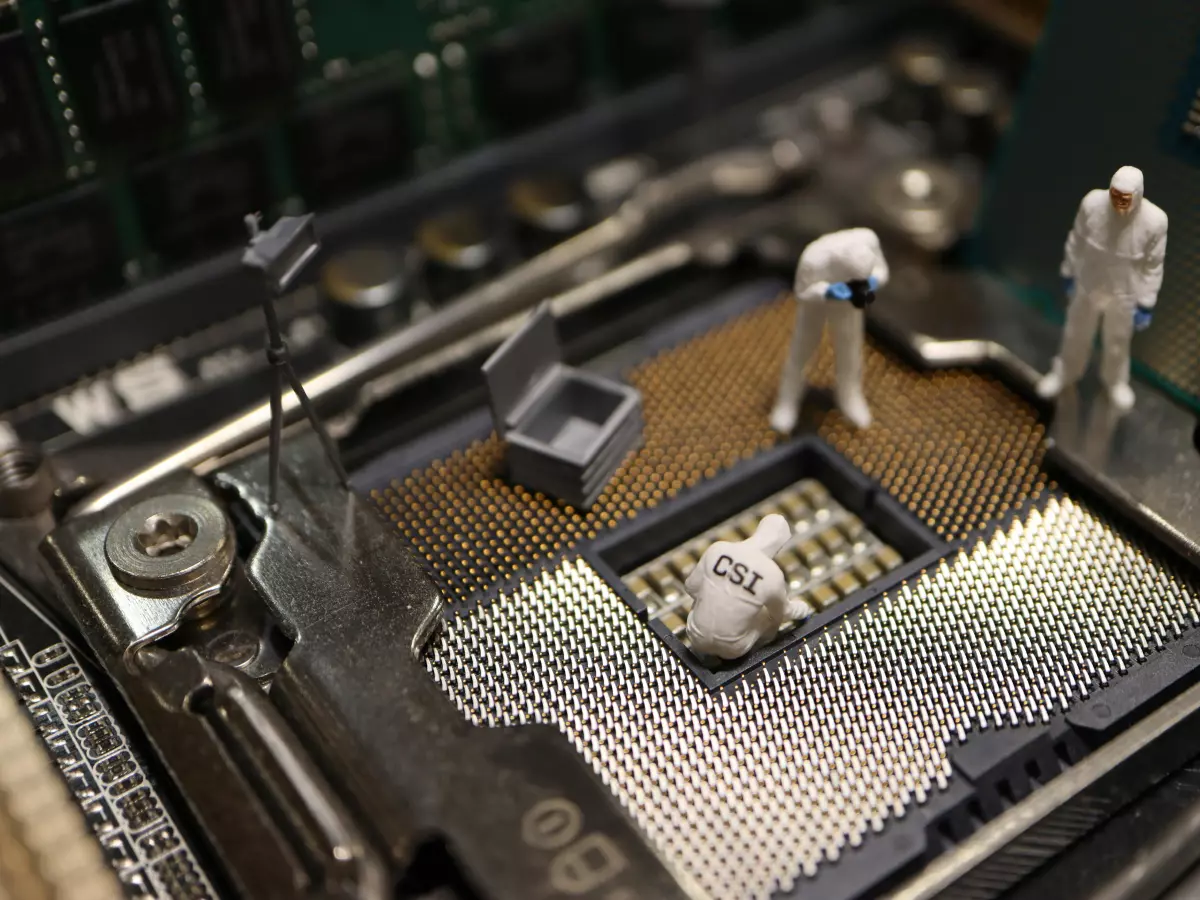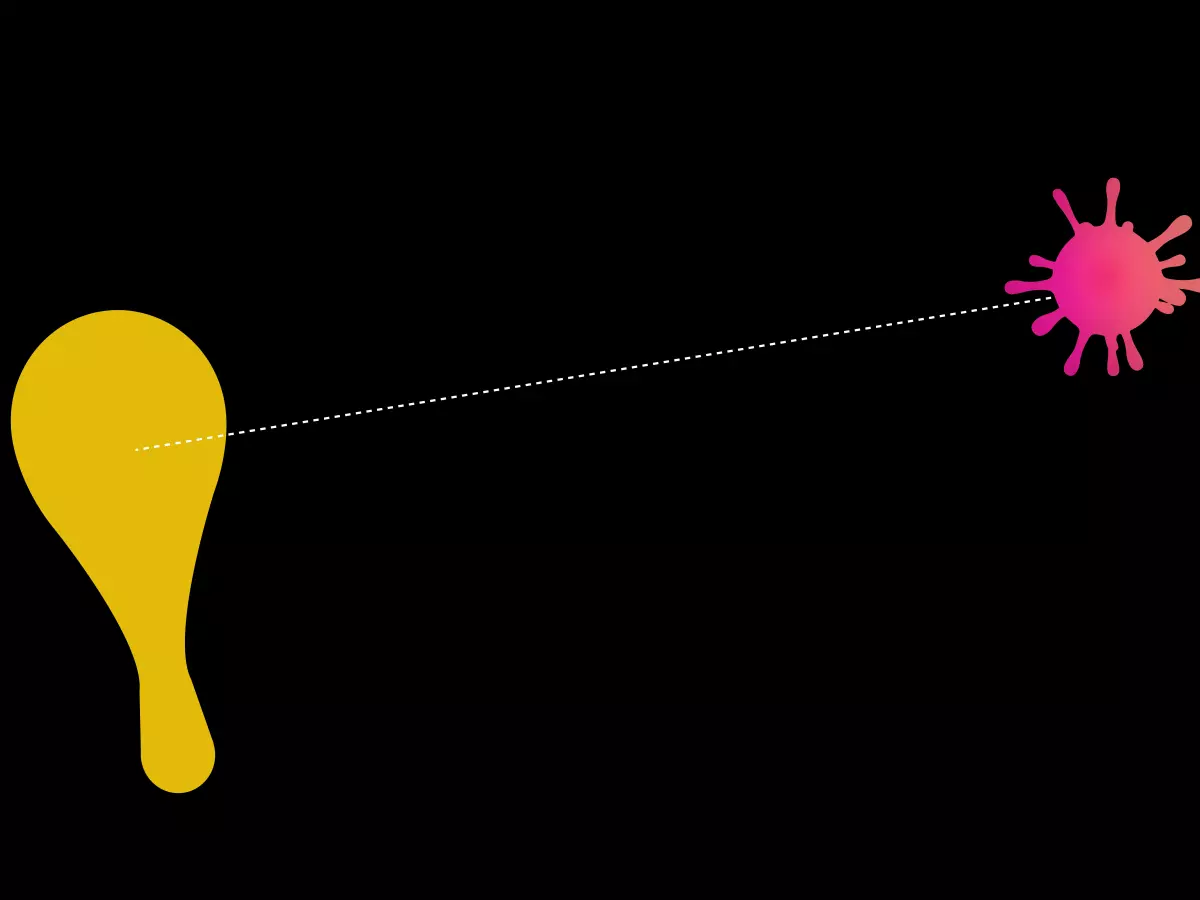The 3.8 Tbps Shockwave
DDoS attacks are all about size, right? The bigger, the scarier. But what if size isn’t the only thing that matters?

By Nina Schmidt
For years, the narrative has been simple: the larger the Distributed Denial of Service (DDoS) attack, the more devastating the impact. So, when news broke of a record-breaking 3.8 terabits per second (Tbps) DDoS attack, many assumed the worst. After all, that’s a mind-boggling amount of data being hurled at a target. But here’s the kicker—size alone doesn’t guarantee success for attackers.
Cloudflare, the cybersecurity giant, recently mitigated this monstrous attack, which also featured a packet rate of 340 million packets per second (Pps). The company didn’t just survive the onslaught; they neutralized it. So, what gives? How can a company withstand such a massive barrage of data? The answer lies in preparation, infrastructure, and, of course, a little bit of cyber magic.
How Big is Too Big?
Let’s put this into perspective. A 3.8 Tbps attack is like trying to flood a garden hose with the entire contents of a swimming pool—instant chaos, right? Well, not exactly. While the size of the attack is jaw-dropping, it’s not just about the volume of data. The real danger comes from the packet rate. At 340 million Pps, this attack was designed to overwhelm the target’s servers by sending an insane number of requests in a short time. But Cloudflare’s infrastructure was built to handle these kinds of spikes.
According to Cybersecurity News, Cloudflare’s global network is designed to absorb and deflect these attacks, using a combination of load balancing, traffic filtering, and real-time monitoring. In other words, they’ve got the digital equivalent of a bulletproof vest.
What Does This Mean for You?
If you’re running a business, especially one that relies heavily on online services, this news should be both alarming and reassuring. Alarming because DDoS attacks are getting bigger and more frequent. Reassuring because the tools to fight them are evolving just as fast.
But here’s the thing: you don’t need to be a tech giant like Cloudflare to protect yourself. There are plenty of DDoS mitigation services available that can help businesses of all sizes. The key is to be proactive. Don’t wait until you’re the target of a 3.8 Tbps attack to start thinking about cybersecurity.
What’s Next?
This record-breaking attack is just the latest in a series of escalating cyber threats. As attackers continue to push the limits of what’s possible, cybersecurity companies will need to stay one step ahead. Expect to see even more advanced mitigation techniques and tools in the near future. And who knows? The next record-breaking attack might be just around the corner.
For now, though, we can all breathe a little easier knowing that, at least for today, the good guys are winning.





